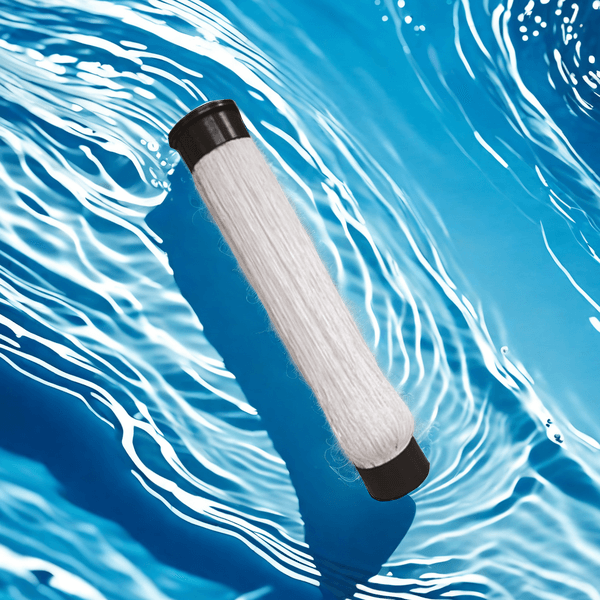How is wastewater from animal husbandry treated?
The treatment of livestock breeding wastewater is an important link in environmental protection and sustainable agricultural development. This article will comprehensively introduce the characteristics, sources, and various treatment methods of livestock breeding wastewater, providing practical wastewater treatment solutions for relevant enterprises.
1. Characteristics and sources of livestock breeding wastewater
The wastewater from animal husbandry mainly contains high concentrations of organic matter, nitrogen, phosphorus and other nutrients, as well as pathogenic microorganisms and antibiotic residues. Its main sources include:
1. Animal manure and urine
2. Rinsing water for enclosure
3. Feed residue
4. Veterinary station wastewater
If these wastewater are discharged directly without treatment, it will cause serious pollution to the environment.
2. The main process of treating livestock breeding wastewater
Generally speaking, the treatment of livestock breeding wastewater includes three main stages: pretreatment, biological treatment, and advanced treatment.
Detailed explanation of preprocessing methods
The pre-treatment stage mainly uses physical and chemical methods to remove large particle solids and suspended solids from wastewater. Common methods include:
Solid liquid separation: Use equipment such as grids and screens to remove large solid particles.
Sedimentation: Removal of suspended solids by gravity sedimentation.
Air flotation: Using bubbles to adsorb and remove oil and light suspended solids.

3. Biological treatment technology
Biological treatment is a key step in removing organic pollutants and nutrients, mainly including:
Anaerobic treatment: The degradation of organic matter by anaerobic microorganisms produces biogas. Commonly used reactors include UASB, IC, etc.
Aerobic treatment: Organic matter is degraded by aerobic microorganisms, commonly used methods include activated sludge method and biological contact oxidation method.
Artificial wetland: Utilizing the synergistic effect of plants, soil, and microorganisms to purify wastewater, suitable for small aquaculture farms.
4. Deep processing technology
To achieve higher emission standards or achieve wastewater reuse, the following advanced treatment technologies can be adopted:
Chemical phosphorus removal: removing phosphorus by adding chemical agents to precipitate.
Membrane treatment, such as ultrafiltration and reverse osmosis, can effectively remove suspended solids and soluble pollutants.
Disinfection: Use methods such as chlorination, ultraviolet radiation, or ozone to kill pathogenic microorganisms.
5. Resource utilization of wastewater
The treatment of livestock breeding wastewater should not only meet the discharge standards, but also achieve resource utilization:
Biogas power generation: The biogas produced by anaerobic treatment can be used for power generation or heating.
Organic fertilizer production: The treated sludge can be made into organic fertilizer.
Irrigation in farmland: The treated wastewater that meets the standards can be used for irrigation in farmland to achieve water resource recycling.
The Future Trends and Challenges of Animal Husbandry and Breeding Wastewater Treatment
With the continuous improvement of environmental protection requirements, the treatment technology of livestock breeding wastewater will develop towards a more efficient and environmentally friendly direction. The future challenges include:
Improve processing efficiency and stability
Reduce processing costs
Developing new and efficient biological treatment technologies
Realize deep resource utilization of wastewater
6. Conclusion
Choosing appropriate methods for treating livestock wastewater is crucial for achieving sustainable development in the livestock industry. By comprehensively utilizing technologies such as pretreatment, biological treatment, and deep treatment, combined with the resource utilization of wastewater, the environmental problems caused by livestock breeding wastewater can be effectively solved, promoting the green development of the industry.
